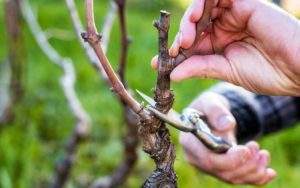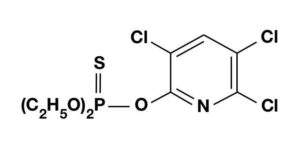In line with Regulation (EC) No 1107/2009 of the European Parliament and of the Council of 21 October 2009, which established a “framework for Community action for the sustainable use of pesticides”On 1 January, farmers will be obliged to adopt integrated farming methods.
Integrated Pest Control, according to the standard, is closed in the eight points mentioned in Annex III Directive 2009/128/EC:
1. The prevention and suppression of harmful organisms should be pursued or encouraged in particular by:
· with the crop rotation;
· with the use of suitable cultivation techniques; for example, false sowing, dates and densities of sowing, underside, conservative processing, pruning and direct sowing;
· with the use, where appropriate, of resistant/tolerant “cultivars” and certified standard seeds and propagating material;
· with the use of balanced practices of fertilization, calcitation
· use of soil improvers – and irrigation and drainage;
· prevention of the spread of harmful organisms by hygienic measures, for example by regular cleaning of machinery and equipment;
· with the protection and growth of populations of important useful organisms, for example through appropriate phytosanitary measures or the use of ecological infrastructure within and outside production sites.
2. Pests shall be monitored by appropriate methods and instruments, where available. Such appropriate tools should include, where possible, scientifically sound field observations as well as scientifically sound alert, forecasting and early diagnosis systems, as well as the use of advice from professionally qualified advisors as well as technical assistance bulletins.
3. On the basis of the results of the monitoring, the professional user shall decide whether and when to apply appropriate control measures. Scientifically reliable and valid threshold values are essential elements for the decisions to be taken. For harmful organisms, the threshold values defined for the region, specific areas and crops and particular climatic conditions shall be taken into account, where possible, before treatment.
4. Sustainable biological methods must be used for chemical methods,
Physical means and other non-chemical methods if they allow adequate control of harmful organisms.
5. Plant protection products must be as selective as possible in relation to the organisms to be combated and must have minimal effects on human health, non-target organisms and the environment.
6. The professional user should maintaining the use of plant protection products and other forms of intervention at the necessary levels, for example by using low doses, reducing the frequency of treatments or by using localised treatments, taking care that the level of risk to vegetation is acceptable and that it does not increase the risk of the development of resistance mechanisms in populations of harmful organisms.
7. Where the risk of resistance to phytosanitary treatment is known and the level of harmful organisms requires repeated treatments on the culture, the available anti-existence strategies should be put in place to maintain the efficacy of the products. This may include the use of different plant protection products with different modes of action and rotation of active substances.
8. On the basis of data on the use of plant protection products and the monitoring of harmful organisms, the professional user should verify the success of the applied defence strategies.

